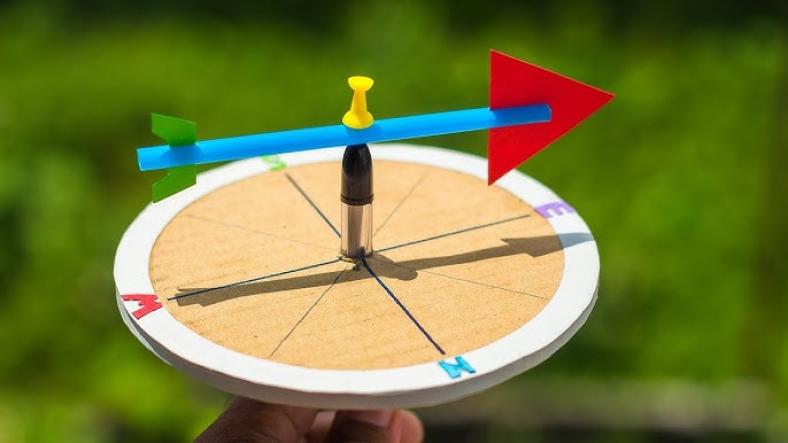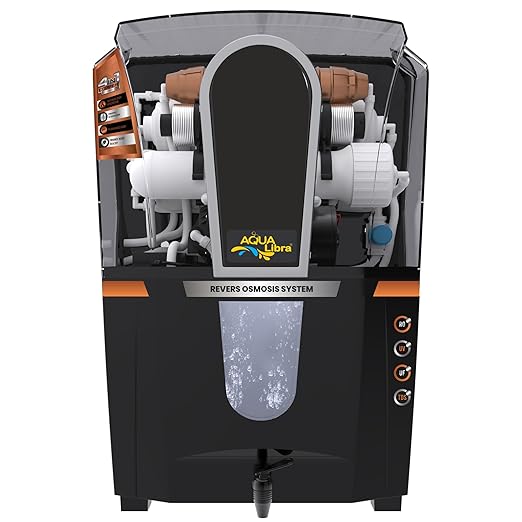Creating a simple wind vane is a fun and educational science experiment for children that helps them understand wind direction and meteorological concepts. A wind vane, or weather vane, indicates the direction from which the wind is blowing.
Here’s a step-by-step guide to building a basic wind vane using common materials:
Materials Needed:
- Plastic Straw or Wooden Dowel: For the central axis of the wind vane.
- Cardboard or Plastic Sheet: For making the vane (the part that catches the wind).
- Drinking Straw: To act as the pointer or indicator.
- Push Pin or Tack: To attach the vane to the central axis.
- Scissors: For cutting materials.
- Glue or Tape: To secure the parts together.
- Compass: For orientation and calibration (optional but helpful).
- Pencil or Marker: For labeling and marking directions.
Procedure:
- Prepare the Central Axis:
- You can use a plastic straw, a wooden dowel, or a similar straight object as the central axis of the wind vane.
- If necessary, cut the central axis to a suitable length.
- For a simple model, a length of about 6-12 inches works well.
- Create the Vane:
- Cut a piece of cardboard or plastic sheet into two arrow-shaped pieces.
- One piece will be the front (facing into the wind) and the other will be the back (to provide balance).
- Glue or tape the two arrow-shaped pieces together, ensuring they are aligned properly.
- Attach the Vane to the Central Axis:
- Position the vane at one end of the central axis.
- Ensure that the vane is perpendicular to the axis so that it can rotate freely.
- Use a push pin or tack to attach the vane to the central axis.
- Insert the pin through the center of the vane and into the central axis, allowing it to spin freely.
- If using a straw, tape or glue the vane to the straw securely.
- Create the Pointer (Optional):
- Attach a small drinking straw or a piece of paper as a pointer on the opposite end of the central axis from the vane.
- This will help in determining the wind direction.
- Mount the Wind Vane:
- You can mount the wind vane on a pencil stuck into a piece of clay or dough to make it stand upright.
- Alternatively, attach it to a small stake or stick that can be inserted into the ground.
- Make sure the wind vane can spin freely without obstruction.
- It should be placed in an open area where it can catch the wind.
- Test and Calibrate the Wind Vane:
- Position the wind vane outdoors where it can catch the wind.
- Observe the direction the vane points to determine where the wind is coming from.
- Use a compass to find cardinal directions (North, South, East, West) and label them around the base of the wind vane for easy reference.
Scientific Explanation:
- Wind Direction:
- The wind vane rotates to align itself with the direction of the wind.
- The vane's shape and design help it catch the wind, causing it to point in the direction from which the wind is blowing.
- Principle of Operation:
- The wind pushes against the larger surface area of the vane, causing it to turn until it aligns with the wind direction.
- The pointer or a marked part of the vane then indicates the wind's origin.
Tips for Success:
- Balance the Vane: Ensure that the vane is balanced and that the central axis can spin freely. An unbalanced vane may not point accurately.
- Use Lightweight Materials: Lightweight materials for the vane allow it to spin more easily and accurately reflect changes in wind direction.
- Check for Obstructions: Ensure there are no obstructions around the wind vane that could affect its ability to turn freely.
Safety Considerations:
- Handle Tools Carefully: Use scissors and push pins with care to avoid injuries.
- Mount Securely: Ensure the wind vane is securely mounted to avoid it falling or breaking.
Building a simple wind vane is a great way for children to learn about wind direction and meteorological concepts. By creating and using their own wind vane, they can observe how wind direction changes and gain hands-on experience with weather instruments. This experiment fosters an understanding of basic weather science and encourages curiosity about natural phenomena.
Thanks for reading the article, for more Science & Technology related articles read and subscribe to peoples blog articles.















